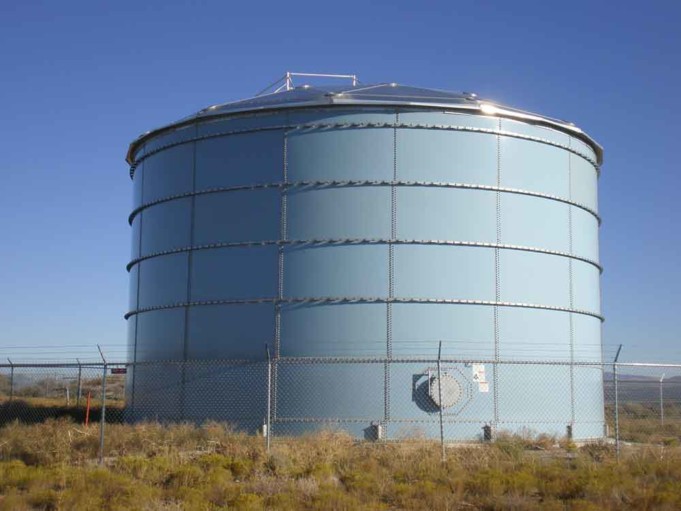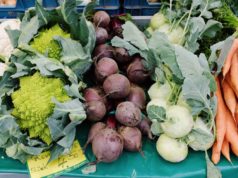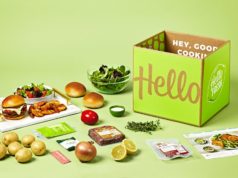Storing water is entirely different from storing food, there are a few point which you should consider if you are new to water storage. Water storage needs to be protected against contamination, viruses, and bacteria.
So it is necessary to take different measure to prevent your water from these threats than you would with food.
Here are the 5 myths and facts about water storage that you have to consider as you to start your water storage reserves.
Myth #1: Water can expire.
Fact: Water has no expiry date. It will become contaminated (biologically or chemically), but it doesn’t “go bad”. Water have a stale taste, but that taste can be eliminated by rotating your water and purifying it.
If a source of water storage is in ideal conditions (it started out clean and can be stored in a dark, cold area, and not directly on a concrete or harsh fumes and chemicals), it can store indefinitely.
Rotate the water for your peace of mind or if there is a risk of contamination.
Myth #2: It’s fine to store water in any type of plastic container I have at home.
Fact: Water must be stored in a UV-resistant, metallized bags or a food-grade plastic container. Traditionally, the water storage barrels are blue.
This color will limit light exposure and the biological growth (algae and bacteria) and also indicate that what is stored in the container will be safe for human consumption like (gasoline mostly stored in red containers).
Polyethylene-based plastics are safe containers to hold water. This type of plastics is for long-term storage and also BPA-free.
There are some helpful tips for storing water in plastic containers:
- Never try to use milk jugs for water storage. Milk jugs are biodegradable and they will break down over time. Also, the live creatures in the milk that remains in your jug can make you ill if you store the drinking or cooking water in milk jugs.
- Disposable water bottles are not for long-term storage. Nalgene bottles are used for long-term storage water and can be reusable.
- PowerAde/Gatorade bottles and Soda bottles used for long-term water storage. It’s important to remember that plastic absorb flavors, so the drinking water may have a cola taste. If you will store water in PowerAde or soda bottles then don’t use it for cooking or anything else, it might taste like cola.
Myth #3: If I have a water barrel, I’m set for every emergency I’ll encounter.
Fact: You can’t rely on the barrel for all the situation you meet. Always remember that the average amount of water that can be stored is one gallon per day per person for a 2-week period. Try to store water in various sized containers.
You can siphon the water from your barrel into containers and can refill it before emergency arise. You can then easily get that canned water which you have stored for any water emergency.
Myth #4: To save space, I can stack water barrels on top of each other.
Fact: Most of the water barrels are not built to load on each other. If you want to store your water, use water containers with the grooves on the bottom like Super Water Tank – 250 Gallons.
Water barrels are safe if they stored water standing. Never store your water directly on cement or any floor in your garage. Mostly plastic absorb flavors and liquid spilled on the floor and chemicals used to produce the concrete.
These odors and chemicals will make the taste of the water intolerable to drink. Try to place your water barrel on top of a wood board so that the chemicals and odors do not leach in.
Myth #5: If I have a water purifier, I don’t need a filter.
Fact: Chlorine Dioxide which is a water purifier will kill almost 99.9% of all microorganisms (like bacteria, protozoa, viruses)in your water.
Chlorine Dioxide is perfect for sheltering and also helps for treating water from your barrels.
Purifiers alone not remove any turbidity like silt, dirt, floaties and chemicals from your water so use purifier and filter together to make sure that your water is clean especially if it is for drinking and washing, but the turbidity is ok if you use soap while washing.












